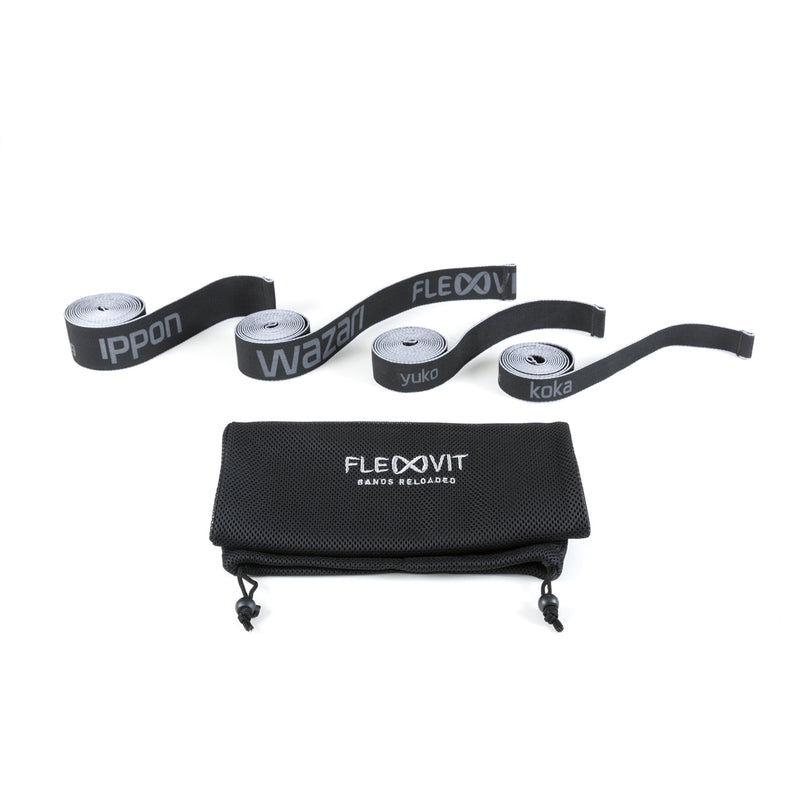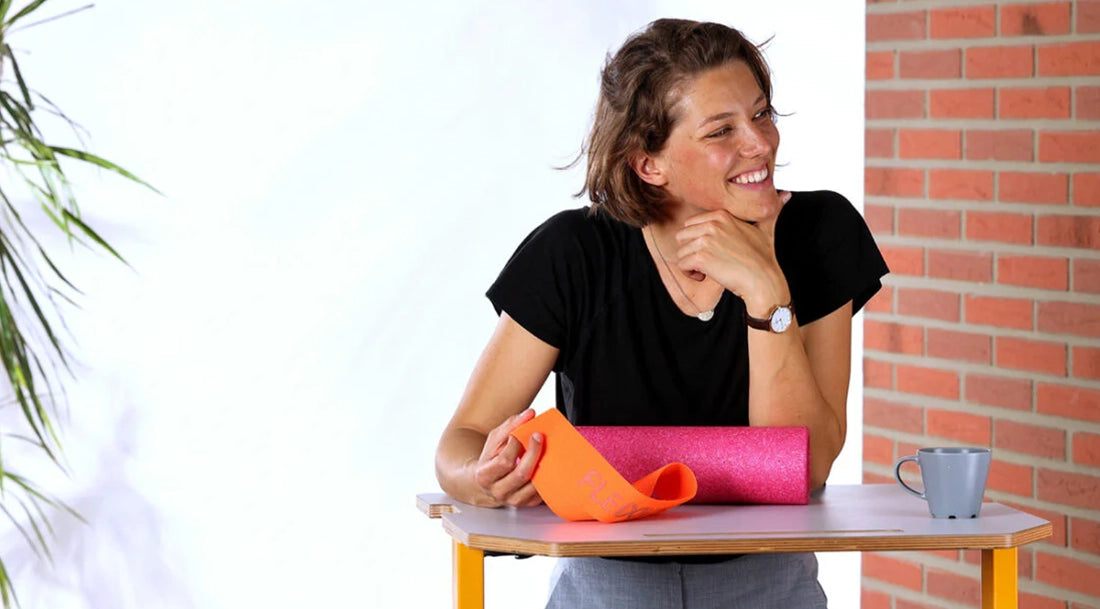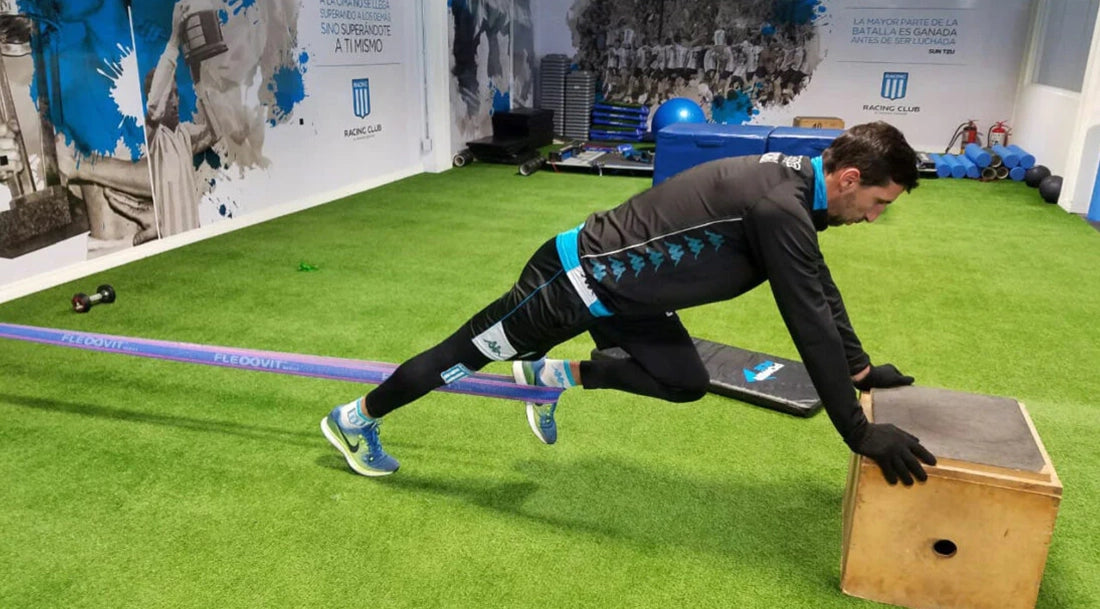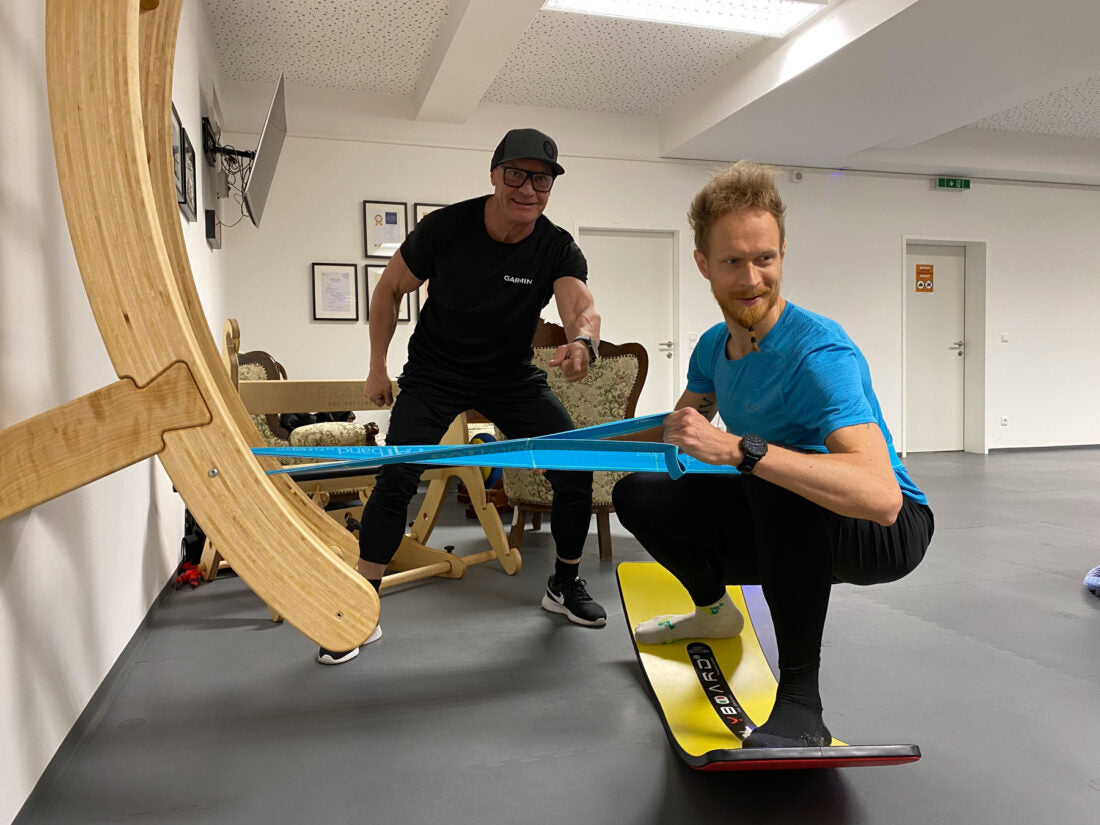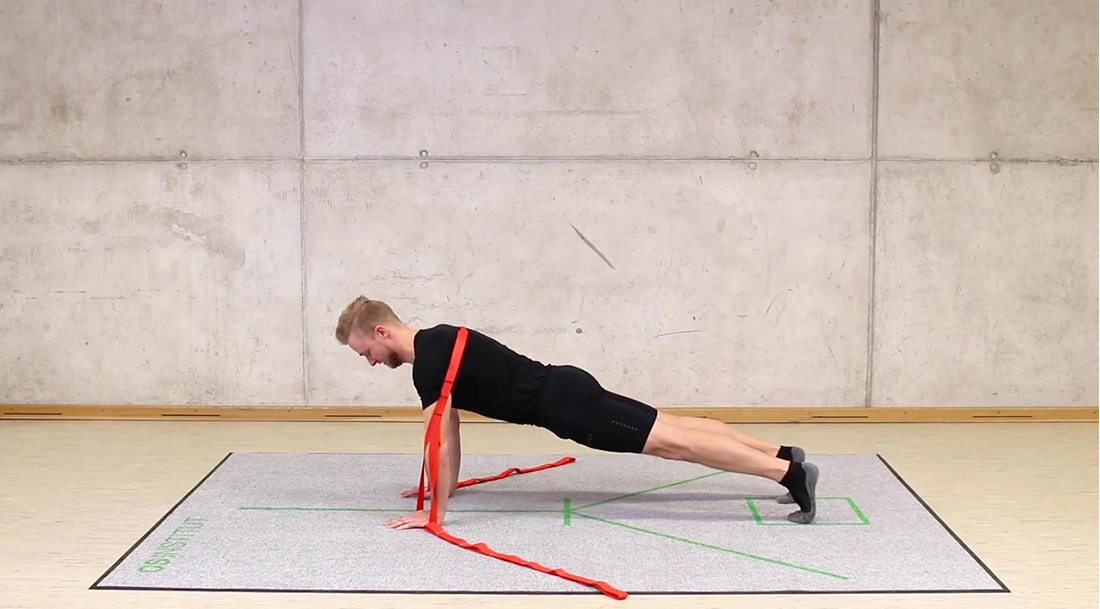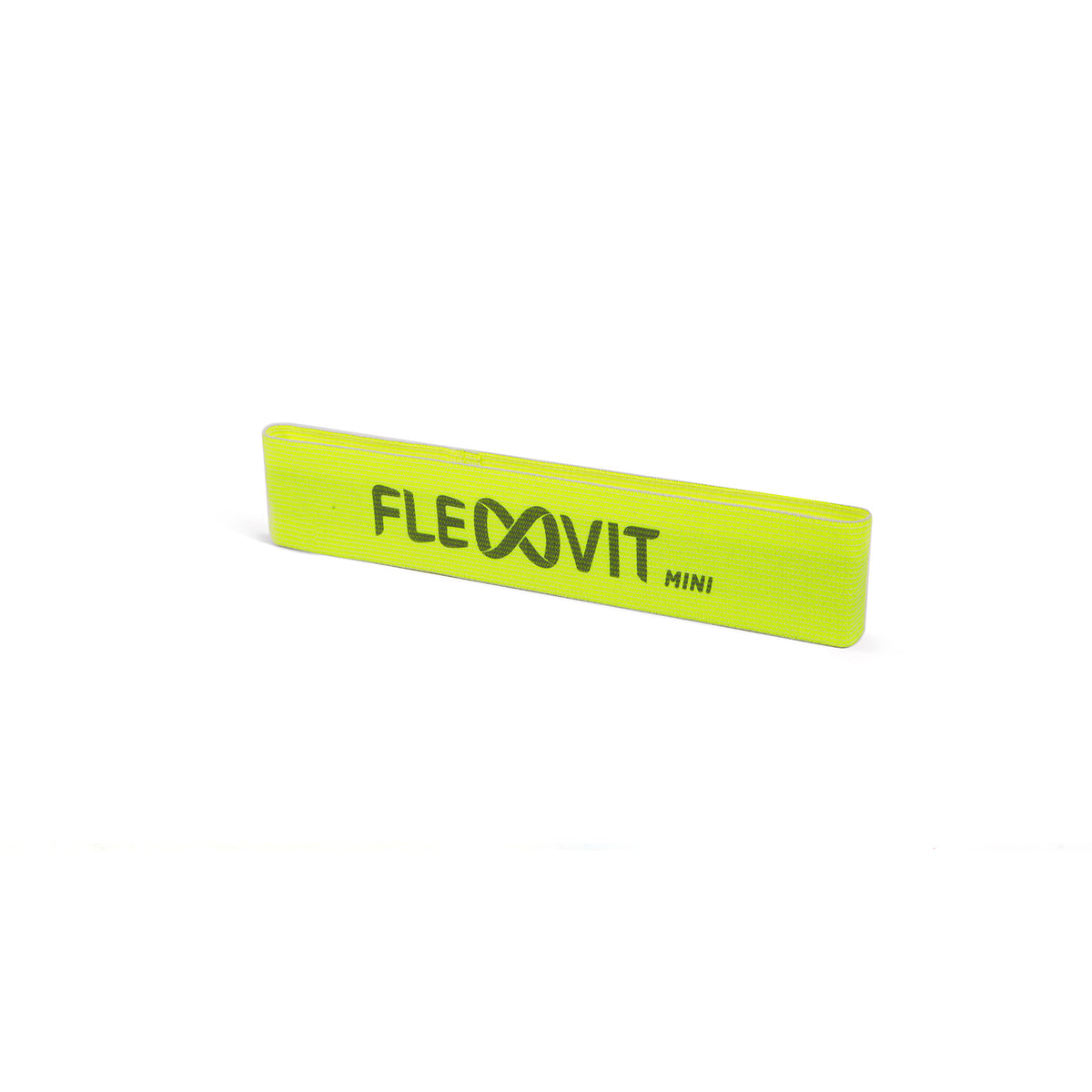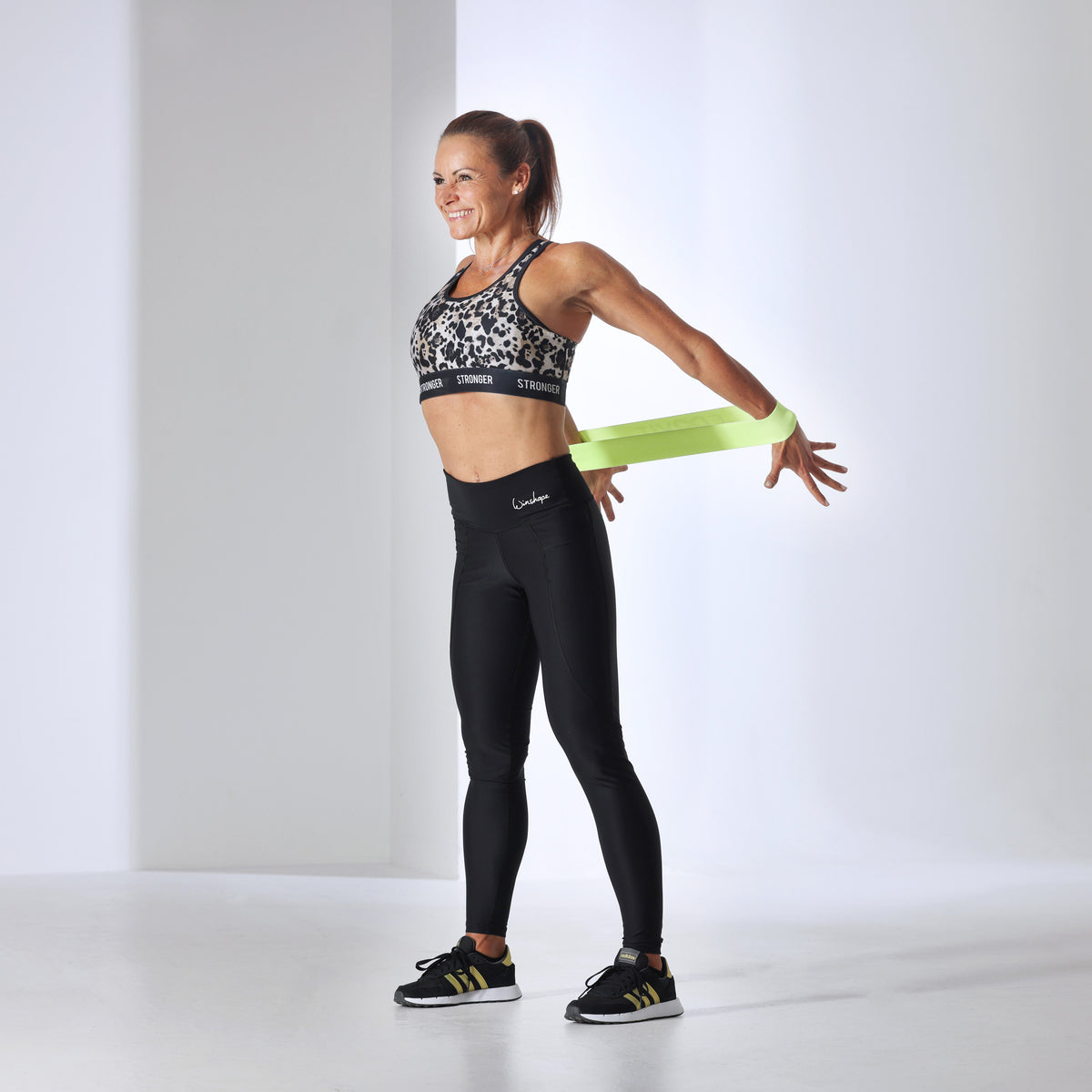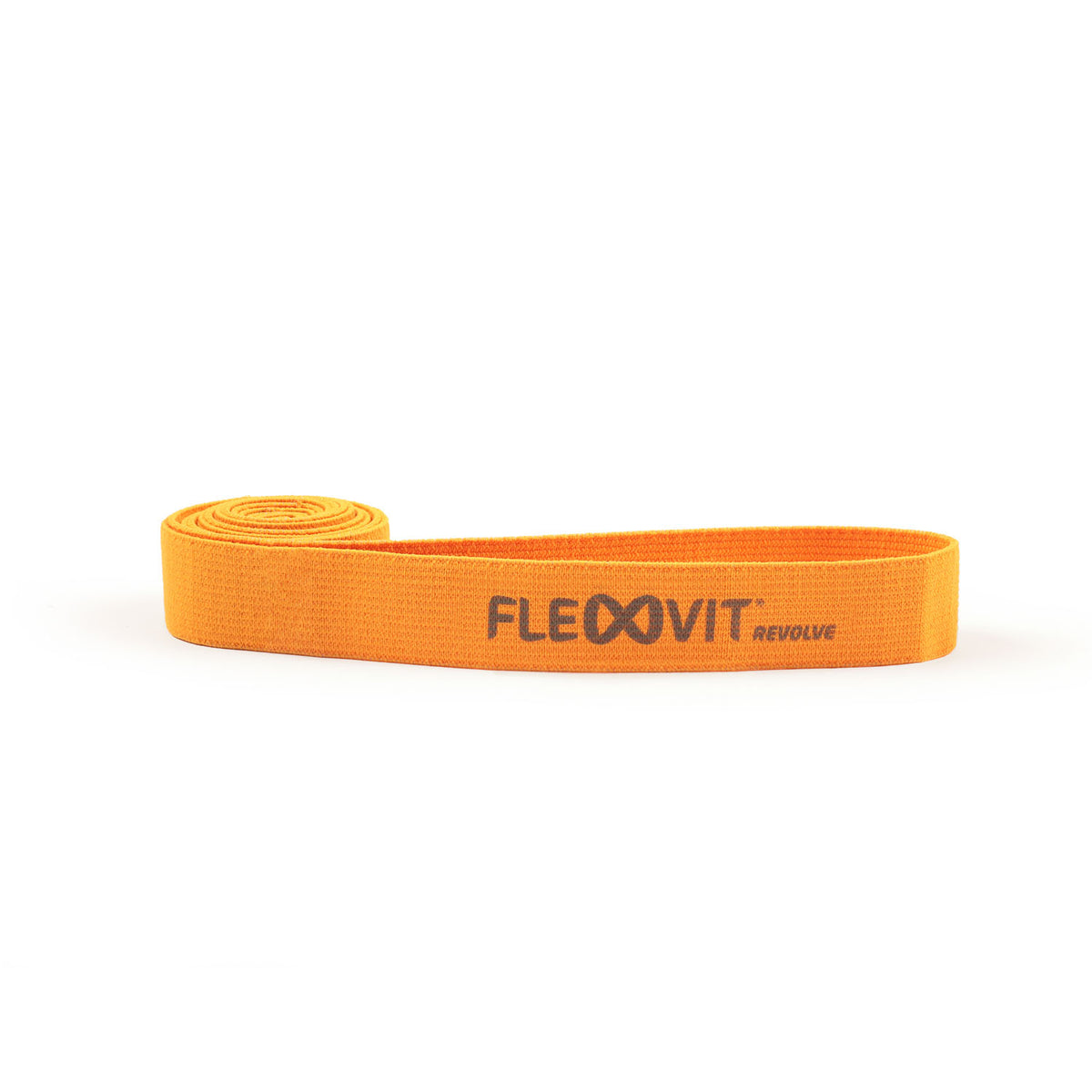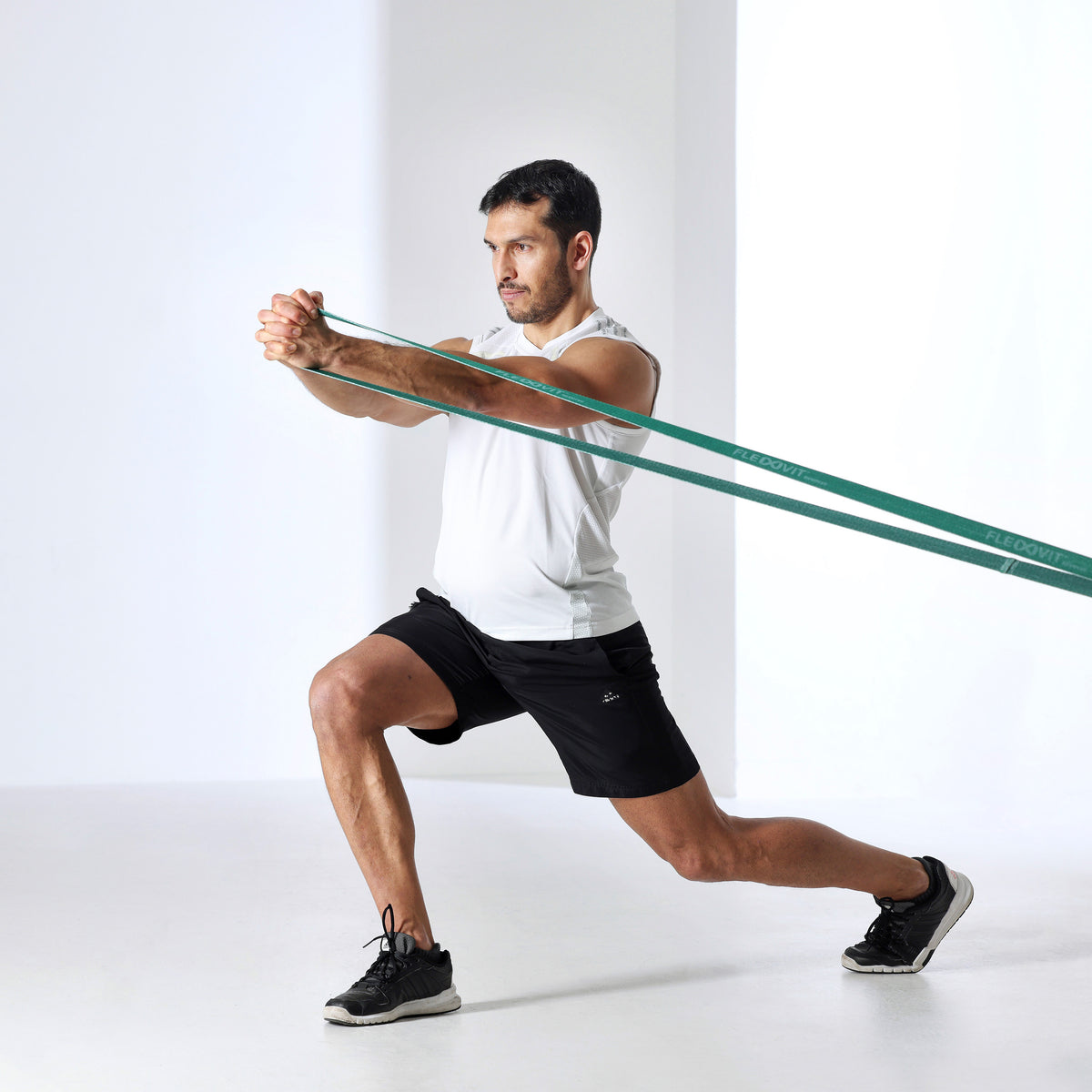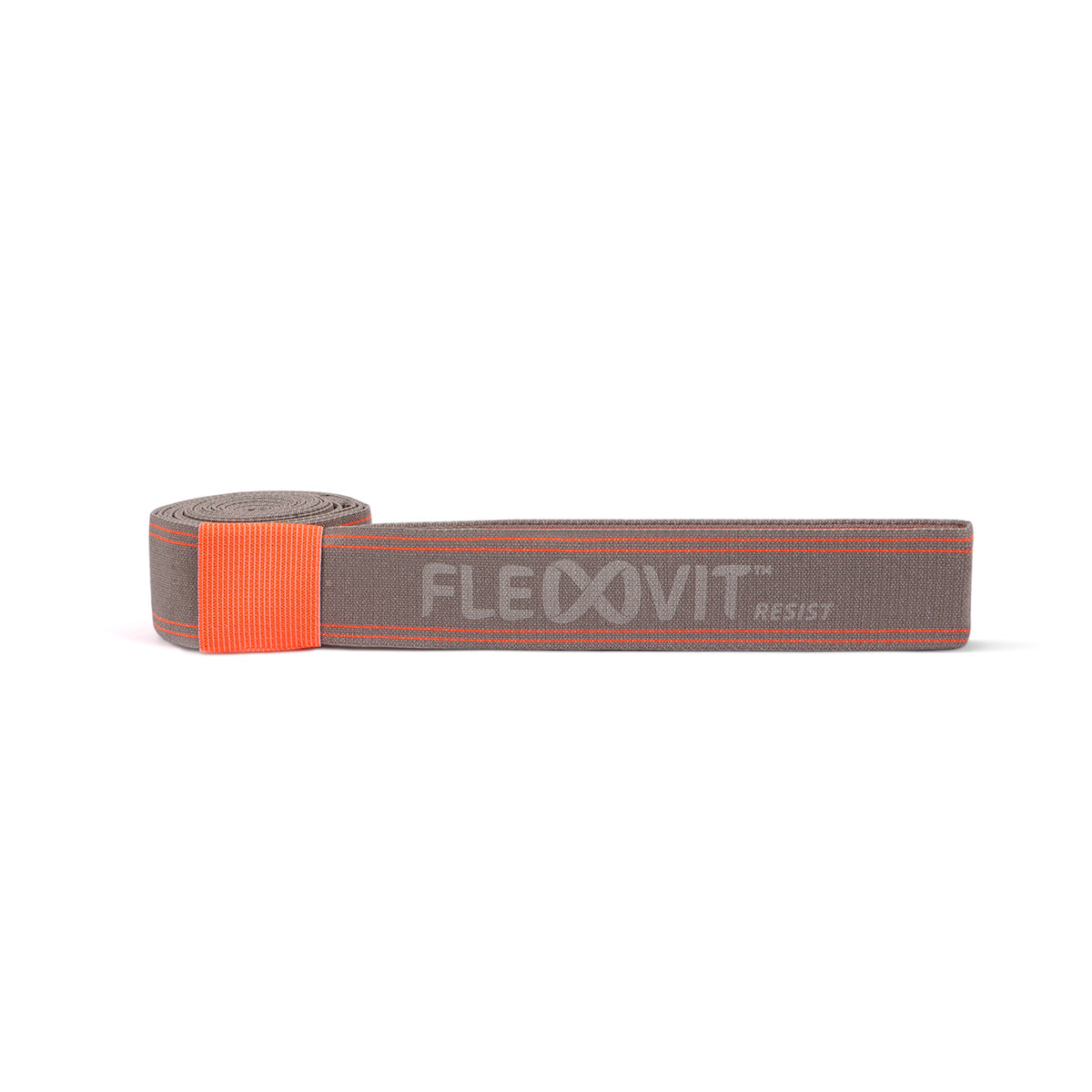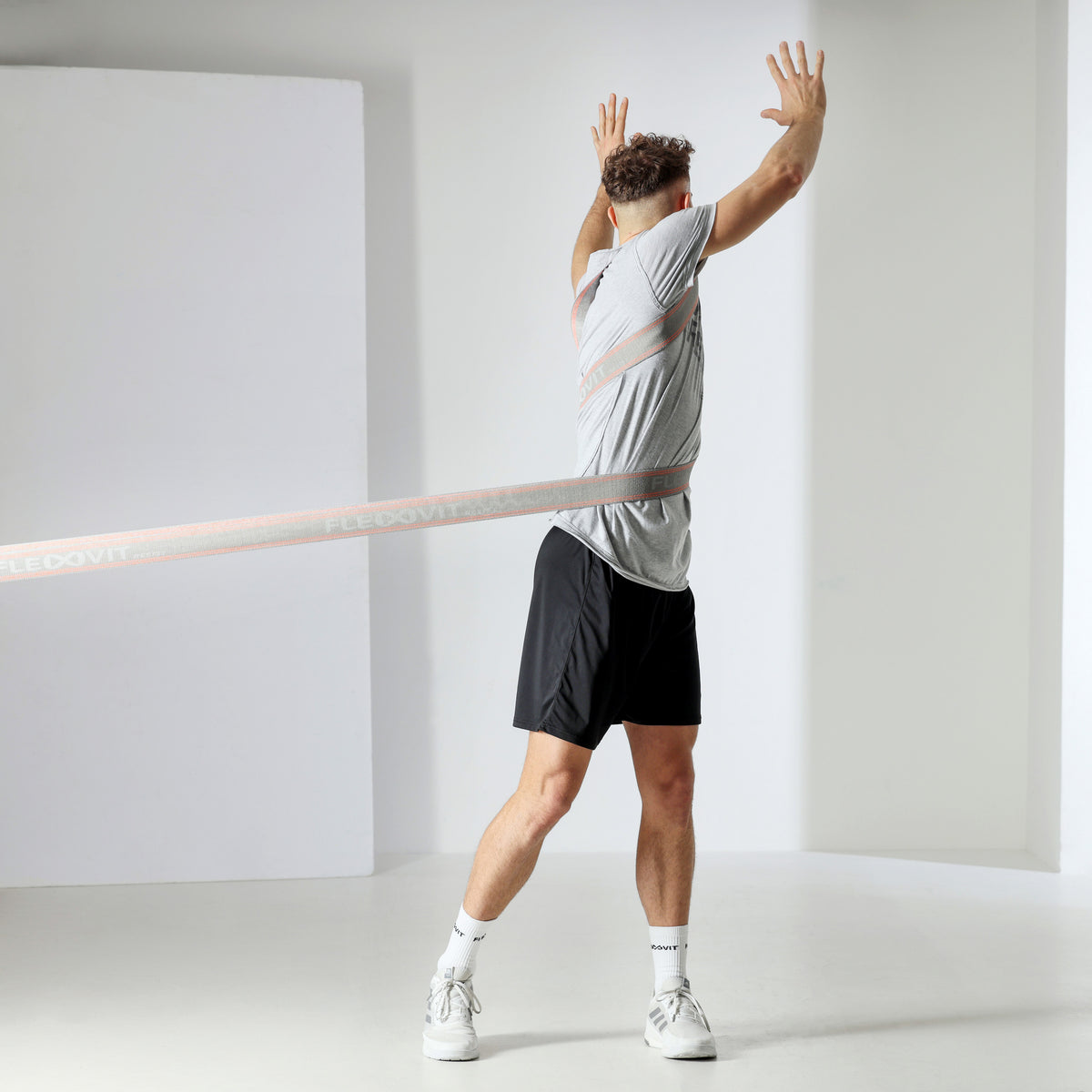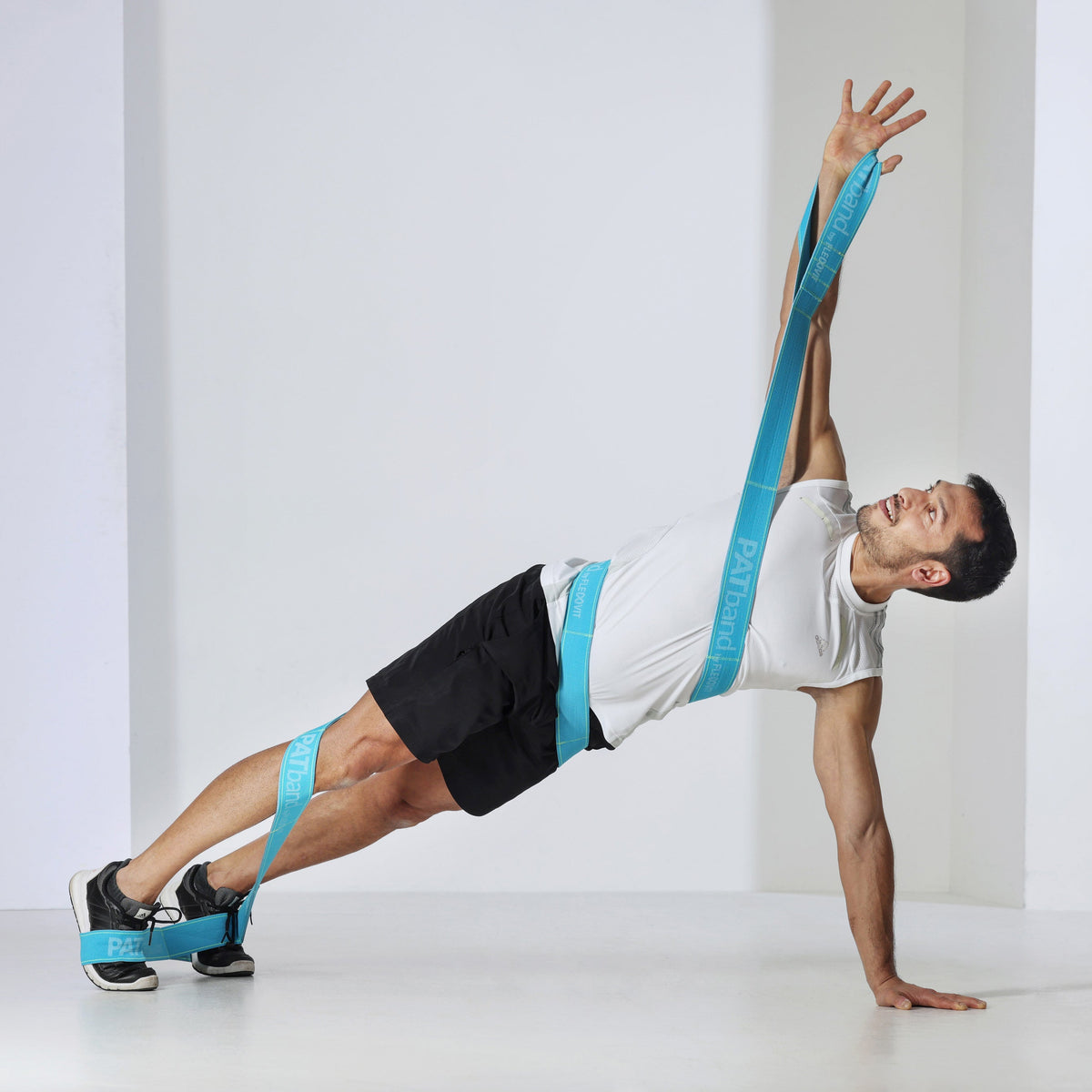Shoulder problems – a widespread disease
Many people have shoulder problems. Athletes very often injure their shoulders, whether in accidents or in collisions with others. Even in everyday life, for example when falling on heels or slipping on black ice, you often land on your shoulder and injure it. Not only, but especially older people are affected by long-term damage to the shoulder.
Anatomy of the shoulder joint
The shoulder is one of the most sensitive joints in the human body. Anatomically, the shoulder joint is quite unstable because the cartilage end of the humerus lies in a very small joint socket. This is the reason why the shoulder dislocates quickly and is so prone to pain when stressed.
Long-term use of the shoulder also causes the joint to wear out relatively quickly, meaning that many older people often have shoulder problems without having fallen. Years of working in one-sided positions and strain are enough to develop shoulder problems. The shoulder joint itself is surrounded by the deltoid muscle.
Shoulder pain – the ideal prevention
An effective way to extend the (painless) “lifespan” of the shoulder joint is through targeted muscle building. This can provide the shoulder with increased stability. As a further advantage, trained shoulders and strengthened muscles around the shoulder girdle can even prevent neck pain, as shoulder training can also improve the posture of the cervical spine.
Ideal for shoulder exercises: FLEXVIT bands
Resistance bands can help to strengthen muscles and improve joint mobility. There are a wide range of benefits that come with using resistance bands.
One of the main reasons they are so good for shoulder exercises is the low risk of overuse. Compared to training with heavy weights, which can put a lot of strain on the joints, with resistance bands it is hardly possible to go beyond your own healthy level of stress.
Using resistance bands is also great for improving the quality of your workout. For example, weight training often uses momentum to power through the last few reps or tension is not maintained throughout each rep.
Shoulder exercises with resistance bands
A variety of exercises can be performed with FLEXVIT bands to support the joints and make them less prone to problems. Performance on some of the basic strength exercises such as the bench press, deadlift or of course the shoulder press can also be improved with these exercises - all of these movements require the shoulders in one way or another.
Low resistance exercises for rehabilitation or warm-up
With the FLEXVIT Mini you can perform many exercises for your shoulder muscles with little resistance. It is best to use the entire range of motion of your shoulder joint.
Flying movement while standing
- Assume an upright, hip-width position. Place the mini band around your wrists with the palms facing each other. Extend your arms fully and bring them to shoulder height.
- Keep your shoulders down (away from your ears) and engage your core muscles. Put tension on the mini band and begin moving your arms outwards, away from each other.
- Keep your upper body upright and push your arms outwards until the mini band is maximally stretched.
- Return your arms to the starting position and keep your arms at shoulder height throughout the movement. Repeat the whole thing.
You can also do the same exercise with your arms in a different position (e.g. overhead, arms down, arms behind your back). You can find videos about this on our YouTube channel .
windshield wipers
- Stand frontally in front of a wall, an arm's length away. Place the mini band around your wrists and place your palms on the wall with your fingers spread. The arms are stretched, at shoulder height and shoulder width. There should be a slight tension on the mini band (if you have narrow shoulders, position your hands slightly wider than shoulder width).
- Now start to put tension on the mini band with your right arm by moving your arm outwards and touching the wall with your palm with your arms at a greater distance from each other than before. The other hand remains unchanged and fixes the mini band.
- With your arm stretched, bring your right hand back to the starting position and then bring the same hand up and touch the wall again.
- Return your right hand to the starting position and now move your hand down to the right, where you place your palm on the wall again.
- Then move your arm back to the starting position and start again.
- Do a few repetitions and then repeat the exercise with the other hand.
Shoulder training for advanced users
All support variants require stable shoulder muscles and can be gradually used in the rehabilitation process. While simply holding a supporting position already represents a certain amount of strain, movements of the arms can particularly challenge the shoulder muscles.
Bear crawls with the FLEXVIT Mini
Bear crawls are a great exercise for the core muscles - with resistance bands these can be designed in a variety of ways, for example with additional external stimuli (FLEXVIT Revolve or Resist around the hips for an anti-rotational component). However, for a greater focus on the shoulder muscles, a mini band can ideally be used. 
1. Position the FLEXVIT Mini in the metacarpal area and stand on all fours (arms shoulder-width apart; shoulders over elbows over wrists, legs at a 90 degree angle). Lift your knees off the floor and tense your core muscles. Fix the shoulders (shoulder blades apart). 
2. Keeping your core muscles tight, crawl forward by moving your right hand and left foot forward. Place your hands and feet offset from each other. 
3. Now move your right foot and your left hand forward. Don't choose a distance that's too long, but you should keep the miniband taut. Crawl forward a few meters and then pause.
Tip: As a variation, you can also crawl backwards or sideways.
Shoulder press with the FLEXVIT Multi
Many shoulder exercises can also be performed with the FLEXVIT Multi. Depending on the strength of the resistance band, this exercise can be carried out early in the rehabilitation process, or with stronger resistance it can be used to strengthen and build up the shoulder muscles
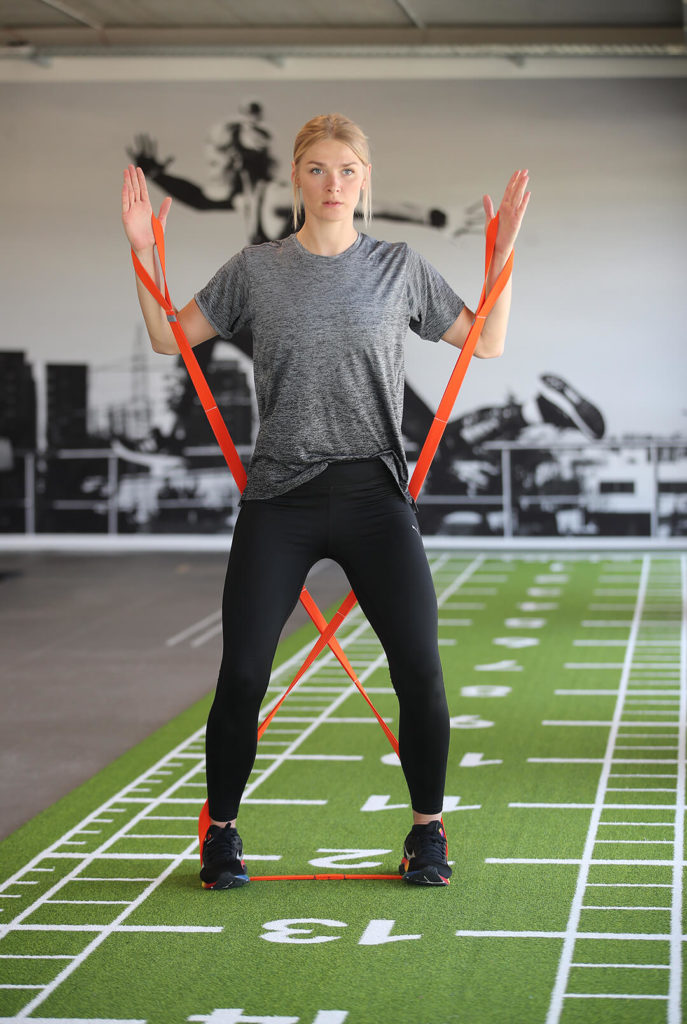
1. Take the FLEXVIT Multi in both hands and stand on the band a little wider than shoulder-width apart. The marked center should be exactly between your feet. Cross the FLEXVIT Multi behind your back once and grab the last loop with your hands. Bring your hands up to slightly higher than shoulder height, bend your knees slightly and activate your core muscles. 
2. Extend your arms upward against the resistance of the band while keeping your shoulders down (away from your ears). Then bring your arms back to the starting position and repeat the movement a few times.
DISCLAIMER: This content (the description, images and videos) does not constitute medical advice or treatment plan and is intended for general educational and demonstration purposes only. This content should not be used for self-diagnosis or self-treatment of any health, medical or physical condition. This content cannot replace professional advice or medical advice. To be on the safe side, before using exercises to combat specific complaints, you should always consult a doctor or physiotherapist.

